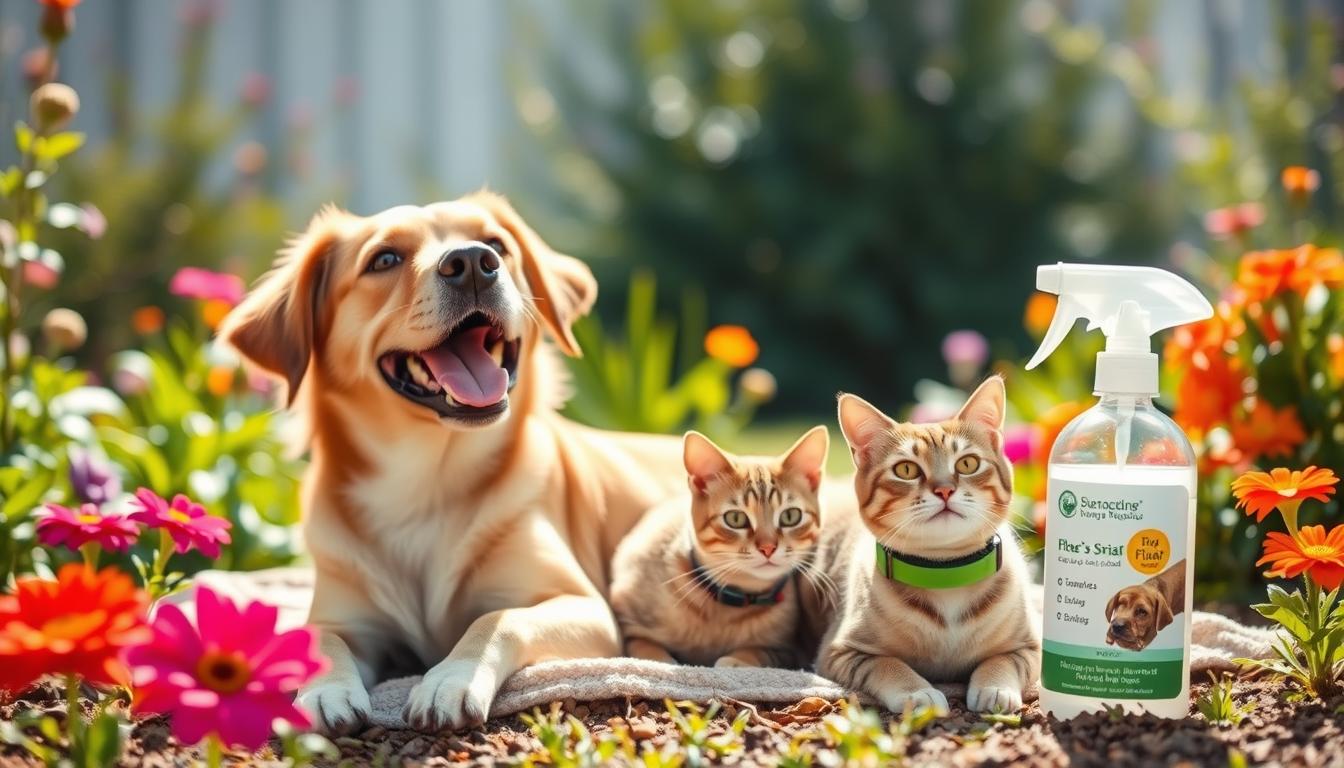Keep your yard clean by mowing, removing debris, and keeping grass short. Use nematodes, microscopic worms that eat flea larvae, or pet-safe yard treatments.
Limit wildlife in your yard, as they can bring fleas. Make barriers between wooded areas and your lawn.


